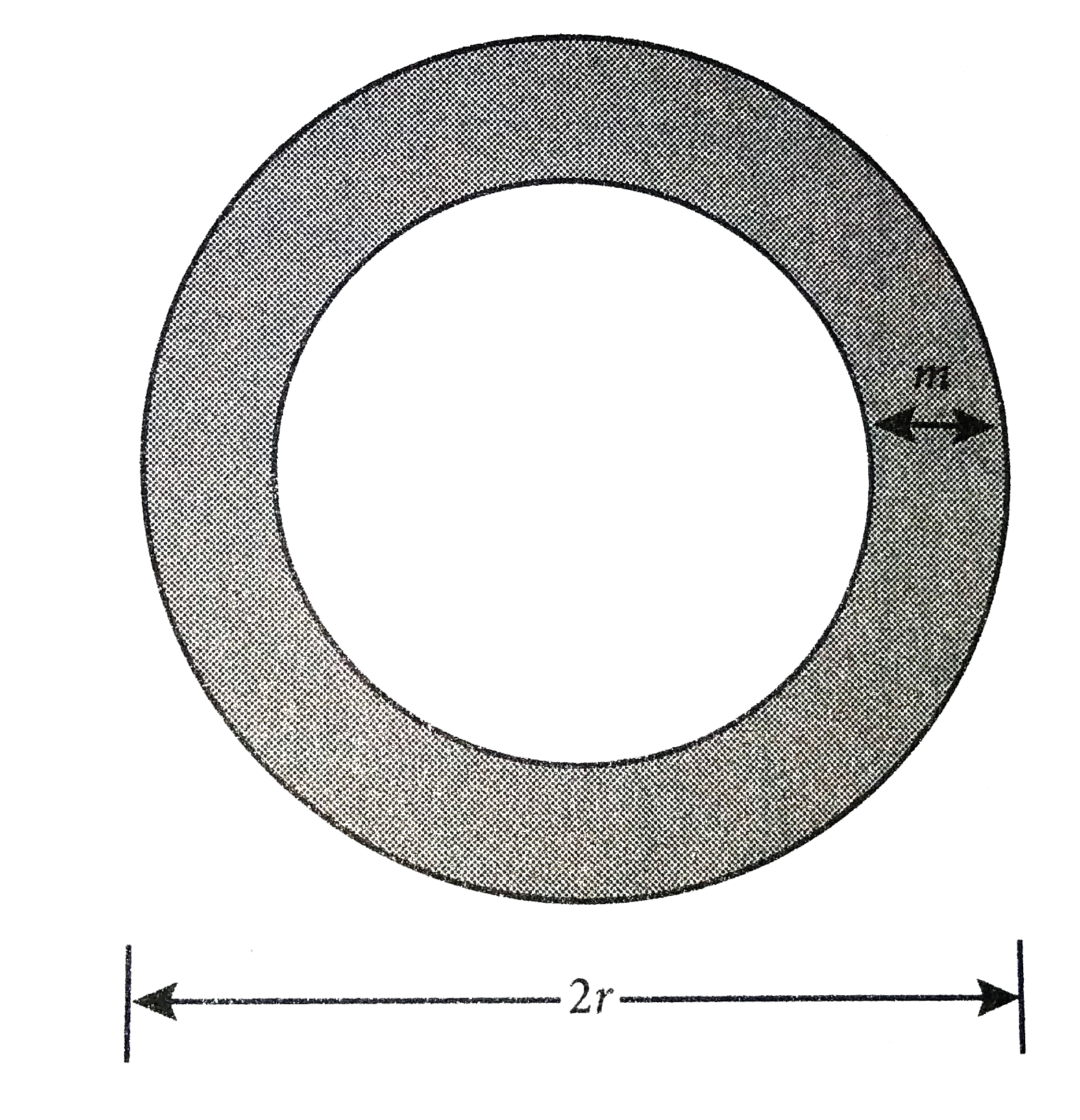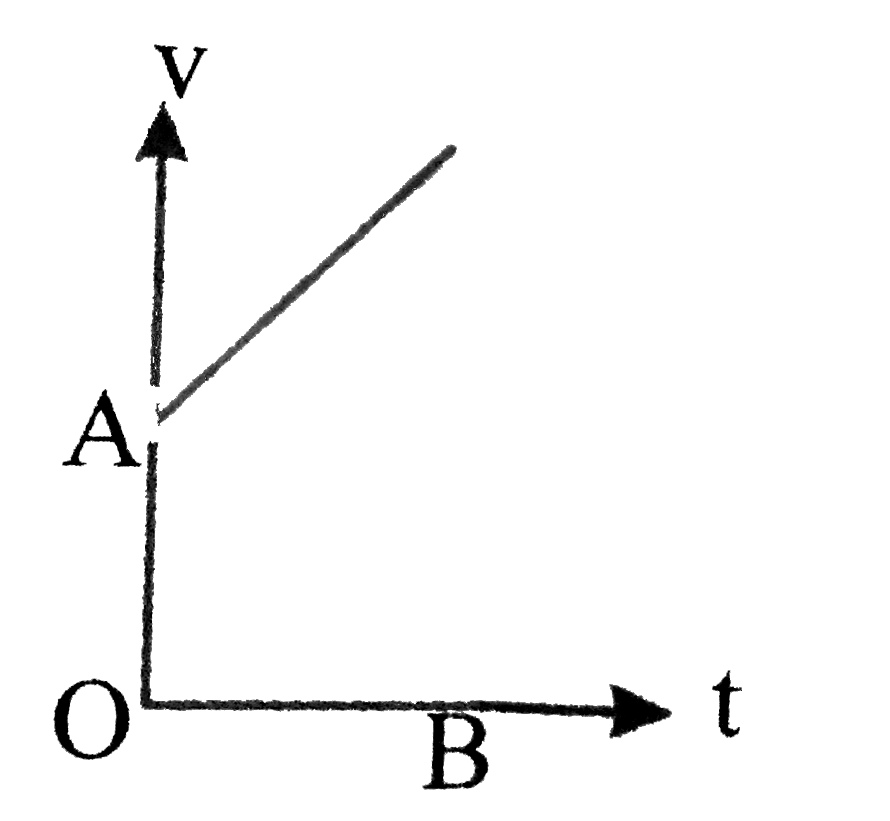The quantity(pV)/(kt) represents
(a)mass of the gas
(b)kinetic energy of the gas
( c)number of moles of a the gas
(d)number of molecules in the gas.
The correct Answer is:D
To solve the question regarding the quantity pVkT, let's break it down step by step.
Step 1: Understand the Ideal Gas Law
The ideal gas law is given by the equation:
PV=nRT
where:
- P = pressure of the gas,
- V = volume of the gas,
- n = number of moles of the gas,
- R = universal gas constant,
- T = temperature in Kelvin.
Step 2: Relate Boltzmann's Constant to the Ideal Gas Law
Boltzmann's constant k is related to the universal gas constant R by the equation:
R=kNA
where NA is Avogadro's number (the number of molecules in one mole of a substance).
Step 3: Substitute R in the Ideal Gas Law
We can express R in terms of k and NA:
PV=n(kNA)T
This simplifies to:
PV=nkNT
Step 4: Rearranging the Equation
Now, we can rearrange this equation to find PVkT:
PVkT=nNA
where n is the number of moles and NA is Avogadro's number.
Step 5: Interpret the Result
The product nNA gives the total number of molecules N in the gas:
N=nNA
Thus, we conclude that:
PVkT=N
Final Answer
The quantity pVkT represents the total number of molecules in the gas.
The ideal gas law is given by the equation:
PV=nRT
where:
- P = pressure of the gas,
- V = volume of the gas,
- n = number of moles of the gas,
- R = universal gas constant,
- T = temperature in Kelvin.
Boltzmann's constant k is related to the universal gas constant R by the equation:
R=kNA
where NA is Avogadro's number (the number of molecules in one mole of a substance).
We can express R in terms of k and NA:
PV=n(kNA)T
This simplifies to:
PV=nkNT
Now, we can rearrange this equation to find PVkT:
PVkT=nNA
where n is the number of moles and NA is Avogadro's number.
The product nNA gives the total number of molecules N in the gas:
N=nNA
Thus, we conclude that:
PVkT=N
The quantity pVkT represents the total number of molecules in the gas.
Topper's Solved these Questions
Similar Questions
Knowledge Check
- Question 1 - Select One

the figure above represents a circular lake with the walking path that is m meters wide. If the expression πr2−π(r−m)2 represents the area of the walking path, in square meters, what does the quantity (r-m) represent?AThe radius of the lakeBThe combined radius of the lake and walking pathCThe combined area of the surface of the lake and walking pathDThe area of the surface of the lake
The quantity PVkBT represents the (kB:Boltzmann constant)
View SolutionChoose the wrong statement. Option 1 All quantities may be represented dimensionally in terms of the base quantities Option 2 A base quantity cannot be represented in terms of the rest of the base quantity Option 3 The dimension of a base quantity in other base quantities is always zero Option 4 The dimension of a derived quantities is never seen in any base quantity
View SolutionA dimensionless quantity y is represented by the formula y=a−bcd+e. Which of following is/arecorrect?
View SolutionAssertion : All derived quantities may be represented dimensionally in terms of the base quantities.
Reason : The dimensions of a base quantity in other base quantities are always zero.View SolutionAssertion : All derived quantities may be represented dimensionally in terms of the base quantities.
Reason : The dimensions of a base quantity in other base quantities are always zero.View Solution
The variation of quantity A with quantity B is plotted in the fig. Describes the motion of a particle in a straight line.
(a) Quantity B may represent time.
(b) Quantity A is velocity if motion is uniform.
(c) Quantity A is displacement if motion is uniform
(d) Quantity A is velocity if motion is uniformly accelerated.View SolutionWhat would be the SI unit for the quantity pV2T2/n?
View Solution

